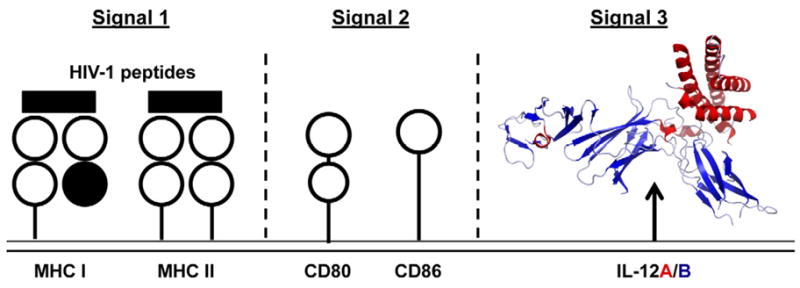Figure 1. Dendritic cells provide multiple signals to naïve T cells.

The innate immune system instructs the acquired immune system via a diverse set of signals that dendritic cells provide to naïve, antigen-specific T cells. A range of outcomes are possible - from tolerance to potent antiviral immunity - depending upon the exact signals provided. Protective antiviral immunity requires that naïve T cells specific for viral antigens receive 3 signals from DCs (Reis e Sousa, 2006). Elaboration of the three signals requires DC maturation, most effectively attained by activation of cell-intrinsic pattern recognition receptors. The first signal involves antigen presentation via MHC. The second signal is provided by cell surface molecules that include CD80 and CD86. The third signal is delivered by cytokines that include IL-12, the structure of which is shown (PDB:1F45) (Yoon et al., 2000); the two IL-12 subunits are distinguished from each other by red (IL12A, p35) and blue (IL12B, p40).
